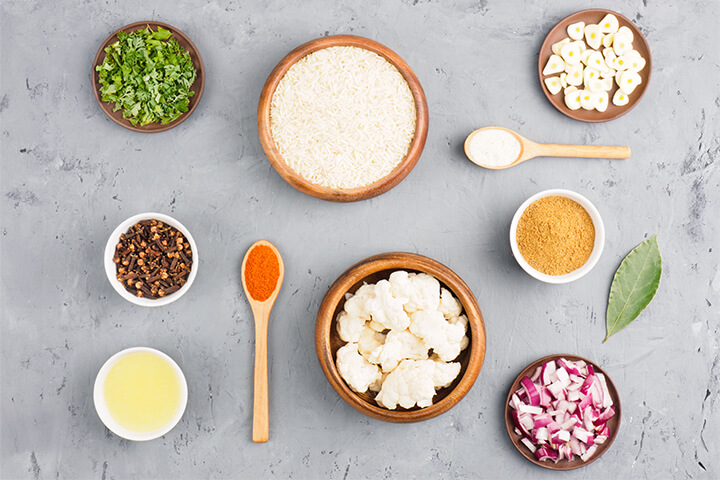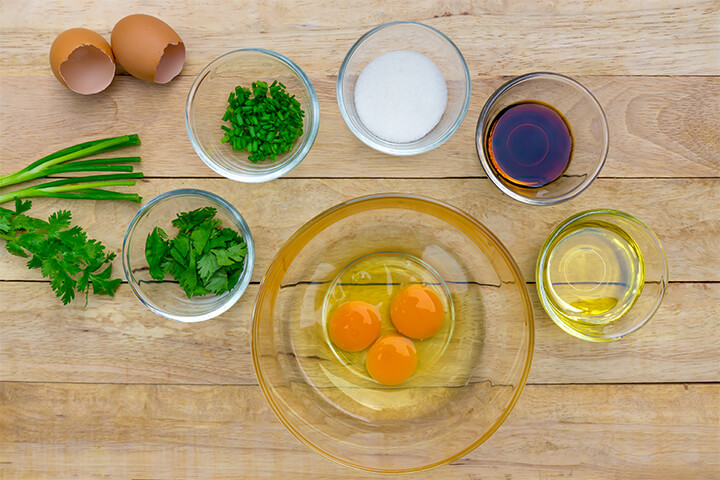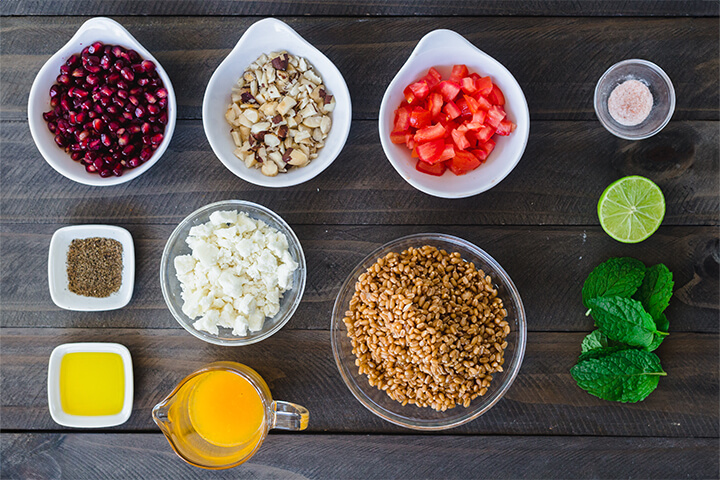“Success depends upon previous preparation, and without such preparation there is sure to be failure.” – Confucius
Mise en place (also known as “the meez” or simply “mise”) isn’t a suggested practice or optional task. It’s a way of life in the restaurant world and a necessary skill for new cooks to master.
Everything in Its Place

“If you let your mise-en-place run down, get dirty and disorganized, you’ll quickly find yourself spinning in place and calling for backup.” – Anthony Bourdain
Mise en place, a French term that means “in its place,” is the cornerstone of organized and efficient food prep. It’s the daily, meticulous process of gathering, preparing, and organizing ingredients and equipment before cooking begins.
Prepping via mise en place systematically streamlines the workflow and in the end, creates better dishes. It is typically performed at the beginning of each shift, allowing chefs and cooks to prepare for the day’s service. In busy establishments, it may be performed in stages throughout the day to accommodate changes in menu demand.
Origins and Evolution
During the 19th century, as culinary techniques and standards became more refined, the need for a structured approach to food preparation became increasingly evident. The militaristic French brigade system, a hierarchical organization of kitchen staff, further emphasized the importance of mise en place in ensuring smooth operations and high-quality output.
How Mise en Place Works

“So many of us have convinced ourselves that because we are busy, we are working to the fullest extent of our abilities. But chefs know that there is a big difference between working hard and working clean.” – Dan Charnas
Mise en place involves a series of steps that are carefully executed. Below, we’ve created a sample plan to illustrate this practice in more detail.
Pre-Shift Preparation
- Review the Menu: Carefully examine the day’s menu, noting any special requests or dietary restrictions. The goal of this step is to help you prioritize tasks and ensure that all necessary ingredients are available.
- Gather Equipment: Assemble all necessary equipment, including knives, cutting boards, pots, pans, and specialized tools. Ensure that they are clean and in good working condition.
- Organize Your Station: Set up your workstation in a logical and efficient manner. Arrange ingredients, tools, and plates in a way that minimizes movement and maximizes productivity.
Ingredient Prep
- Measure Accurately: Use precision scales and measuring cups to ensure that ingredients are added in the correct proportions. Remember, even slight variations can impact the flavor and texture of a dish.
- Prep Vegetables: Cut, chop, or slice vegetables according to recipe specifications. Consider techniques like brunoise, julienne, or chiffonade, as appropriate.
- Handle Proteins: Prepare proteins like meat, poultry, and seafood according to the recipe. This might involve trimming, marinating, or parcooking.
- Prepare Sauces and Bases: Create sauces, stocks, and bases in advance to streamline service. This could involve reducing stocks, emulsifying sauces, or preparing purees.
- Garnishes: Prepare garnishes like herbs, flowers, or microgreens in advance to ensure they are fresh and ready to use.
Station Setup
- Arrange Utensils: Place utensils like tongs, spoons, and spatulas within easy reach. The goal isn’t to look for tools, but to just know where they are, from muscle memory.
- Set Up Plates: Arrange plates and bowls in a logical sequence, ensuring that they are clean and free of defects.
- Prepare Finishing Touches: Gather any ingredients or equipment needed for final plating, such as sauces, garnishes, and specialty plates.
After these steps are completed, the kitchen is primed for service. The organized workspace, prepared ingredients, and set-up equipment create a streamlined environment that allows chefs to focus on the execution of dishes.
Respect the Meez

Mise en place is a fundamental practice that is essential for the success of any professional kitchen. Organize and prepare ingredients and equipment in advance and you will see improvements in efficiency, consistency, quality, safety, and stress reduction.



